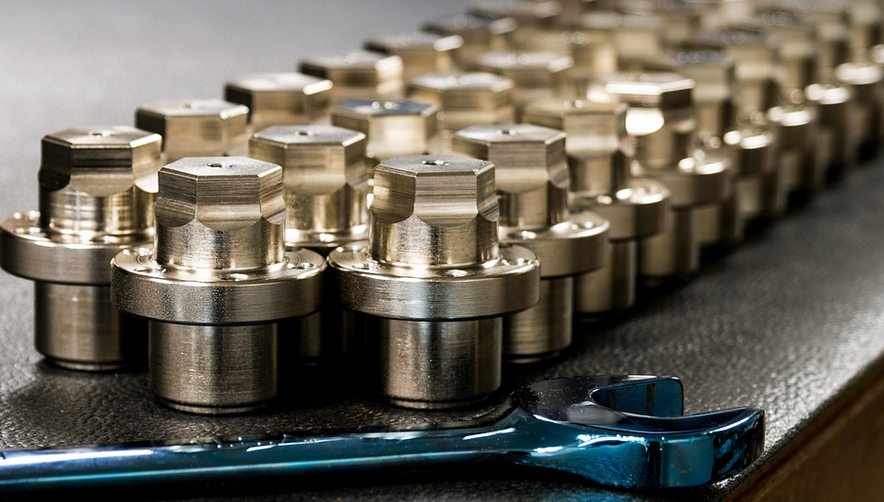
Sharpening Serrated Knives: A Comprehensive Guide
The Art of the Perfect Slice
Serrated knives, those handy tools with their distinctive saw-like teeth, are indispensable for a plethora of culinary tasks. But like any finely tuned instrument, they require regular upkeep to maintain their cutting prowess – and that’s where sharpening comes into play. While it might seem daunting at first, the process is surprisingly straightforward once you understand the principles.
There are two main types of serrated knives: standard (like your bread knife) and professional-grade. The latter utilizes intricate, razor-sharp teeth for tasks like slicing through tough meats. Regardless of the type, their cutting power depends heavily on a sharp edge. A dull serrated knife requires more effort to achieve a clean cut, leading to uneven slices and potential frustration in the kitchen.
So how do we sharpen those serrated blades? We’re about to dive into a world where precision meets practice! First things first, let’s understand why sharpening is crucial. A dull blade not only makes cutting more difficult but also increases food waste as you try to force your knife through tougher material.
Preparing for the Sharpening Journey
Before we begin the actual process, there are a few things we need to do – just like getting ready before a big game! First, gather the necessary tools. You’ll need a sharpener specifically designed for serrated knives, as generic ones often lack the precision needed to properly adjust the blade.
Next, ensure your knife is clean and free of any debris or food particles. A clean surface allows the sharpener to work more efficiently without clogging up the mechanism. You can use a damp cloth and some mild dish soap to give it a quick rinse to remove any build-up.
Types of Sharpening Techniques
There are numerous methods of sharpening, each with its own set of advantages and drawbacks, but we’ll go through the most popular ones. First off, you’ve got your honing steel. This isn’t a sharpener, per se – instead, it aligns the blade’s edge for smoother cutting. It also helps to maintain the blade’s sharpness for extended periods. You slide the knife along the steel in one direction, honing or realigning the edges.
For those who prefer to get more hands-on with their sharpening process, there are manual grinders available that offer greater control over the sharpening angle. They’re known for a controlled and meticulous approach, ideal for achieving a perfect edge on serrated blades. The downside? They do require a bit more effort compared to honing steel.
You also have electric grinders, which are quite versatile but require some practice to master their use. These are great options for those who want the most efficient sharpening experience. While they can save you time and effort in the long run, it’s important to remember that using them requires a certain level of expertise.
Step-by-Step Guide: The Art of Serrated Knife Sharpening
Let’s now delve into the step-by-step process. First things first, find your desired sharpening angle on the blade and then adjust the angle on your chosen sharpener to match it.
Starting with a clean slate, use your sharpener or honing steel in short, light strokes. If you’re using a manual grinder, remember to apply even pressure throughout the process to achieve consistent results. The goal is to refine the existing edge rather than creating an entirely new one.
After every stroke, inspect the blade under a good light source and ensure it’s moving smoothly and not catching on anything. Keep in mind, the sharper your knife, the easier it will be to slice through various ingredients.
Practice Makes Perfect: Patience is Key
Sharpening serrated knives requires time and patience. Remember, a well-sharpened blade doesn’t just cut cleanly; it also provides a smooth and controlled experience. It’s an art that needs to develop over time. The process may seem daunting at first, but with practice, you’ll be able to achieve perfect slices with ease.
Remember to start slowly and gradually increase the speed of your sharpening strokes as you become more comfortable. The key is to find a balance between speed and precision.
Maintenance for Longevity: Keeping Your Serrated Knives Sharp
After each use, make sure to clean and dry your serrated knives thoroughly. This simple step will help prevent rust and corrosion, ensuring your blades stay sharp much longer. Storing them properly in a knife block or drawer can also preserve their sharpness.
“If you’re unsure about sharpening techniques or require expert assistance, consider visiting a professional sharpening service. They have years of experience and the right tools to deliver optimal results.”
The Joy of Perfect Slices: Enjoying the Results
Sharpening is a rewarding process that can significantly enhance your culinary skills. You’ll end up with perfectly sliced bread, juicy meat, and more! It’s truly an art form and a vital part of any well-equipped kitchen.